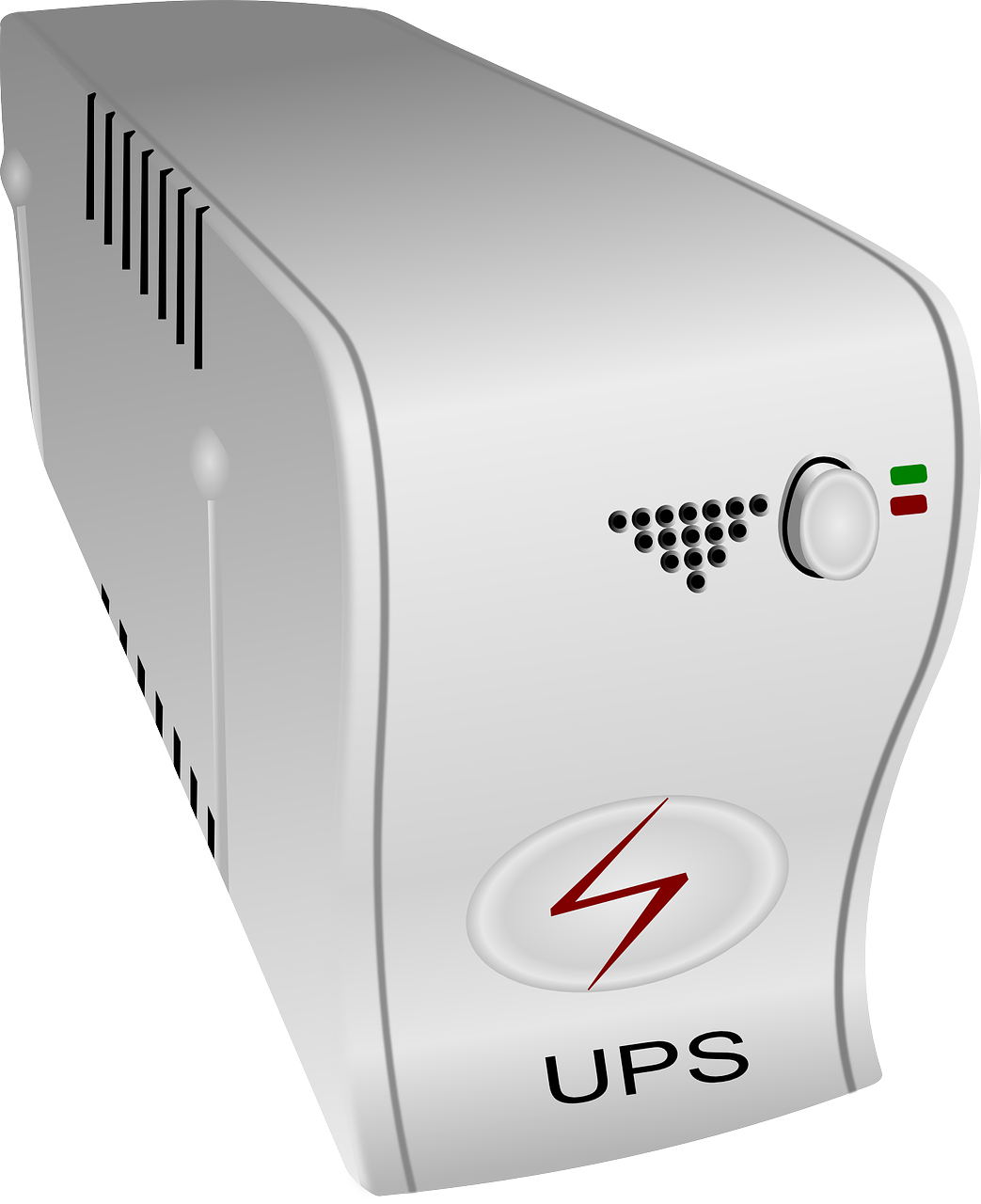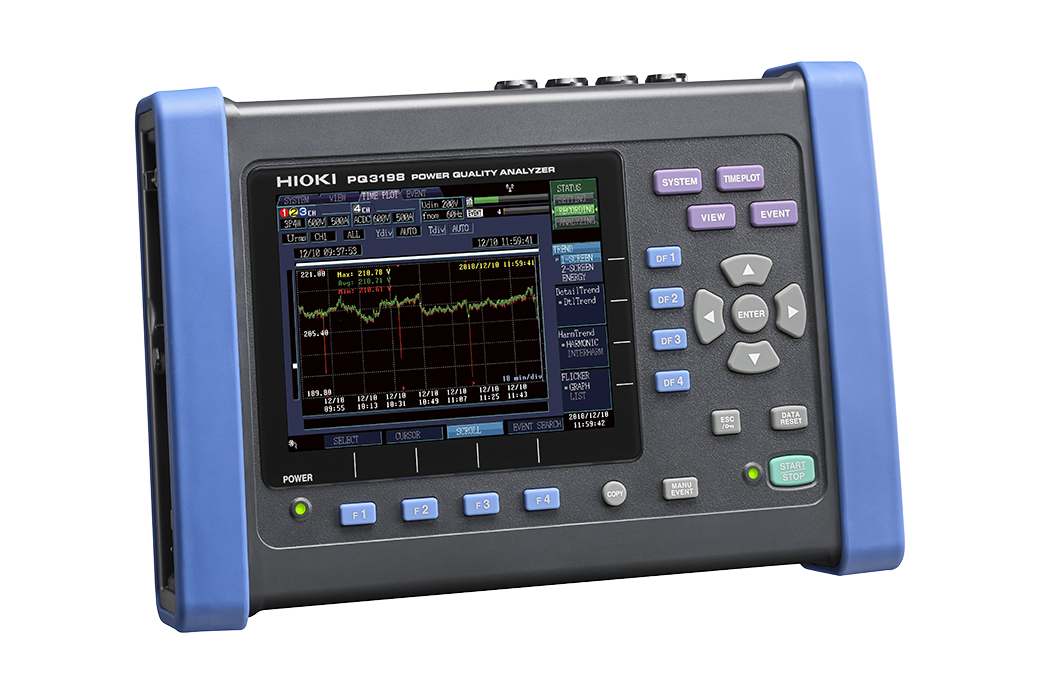Test for Abnormal Waveforms when Switching to UPS Power
Importance of Maintaining the Proper Operation of Unterruptible Power Supplies (UPS)
Industrial uninterruptible power supply (UPS) equipment helps protect important office equipment and plant machines against damage from sudden power failures, unstable power, or power supplies ridden with harmonics. They serve as a power backup to your mission critical systems until the main power supply is up and running again.
Given the role of UPS, it is extremely important for businesses and plants to conduct regular maintenance tests to verify that UPS equipment is operating properly and that there is no adverse effect on business machines and other connected devices when the power supply is switched over in the event of an outage.
Given the role of UPS, it is extremely important for businesses and plants to conduct regular maintenance tests to verify that UPS equipment is operating properly and that there is no adverse effect on business machines and other connected devices when the power supply is switched over in the event of an outage.

What Signal Do You Measure?
It is typical to measure only voltage in this application.

How Do You Measure the UPS?
One way to measure the effectiveness of the UPS is to simulate a power outage and then conduct tests to verify that there are no issues with power quality when the switchover from grid power to the UPS occurs. At this time, also verify that connected devices do not malfunction. When measurements are carried out as part of UPS maintenance, personnel check for problems and use the data they gather to help schedule repair work and equipment replacement. Users of UPS equipment perform similar tests to check whether devices will malfunction in the event of an outage due to issues with the UPS and whether the UPS is indeed responsible for causing any such malfunctions.
Conventional Approach vs. using a PQA
The traditional approach to measuring UPS has generally been to record waveforms with a digital storage oscilloscope or similar instrument. Because trigger conditions are limited and recording impossible with certain settings, it was common to miss problem points in the data.
Hioki provides a more effective approach with the PQ3198 Power Quality Analyzer.
The PQ3198, which was developed for use in power supply quality applications, provides a variety of event trigger functions such as voltage drop, rise, noise, waveforms, and harmonics, allowing it to reliably capture problematic phenomena that may occur when switching over to UPS power. Additionally, since it can monitor a measurement target over extended periods of time, it not only records simulated outage tests, but also functions continuously to verify whether any problems have occurred in the event of actual outages.
Hioki provides a more effective approach with the PQ3198 Power Quality Analyzer.
The PQ3198, which was developed for use in power supply quality applications, provides a variety of event trigger functions such as voltage drop, rise, noise, waveforms, and harmonics, allowing it to reliably capture problematic phenomena that may occur when switching over to UPS power. Additionally, since it can monitor a measurement target over extended periods of time, it not only records simulated outage tests, but also functions continuously to verify whether any problems have occurred in the event of actual outages.

Note: Voltage Swells and Dips Can Stress UPS
It is also important to remember that for UPS that do not align its signal with the permanent power source, voltage swells and dips as shown in the graph will occur. Too many of these voltage anomalies over time can stress the UPS and reduce its operating life.


